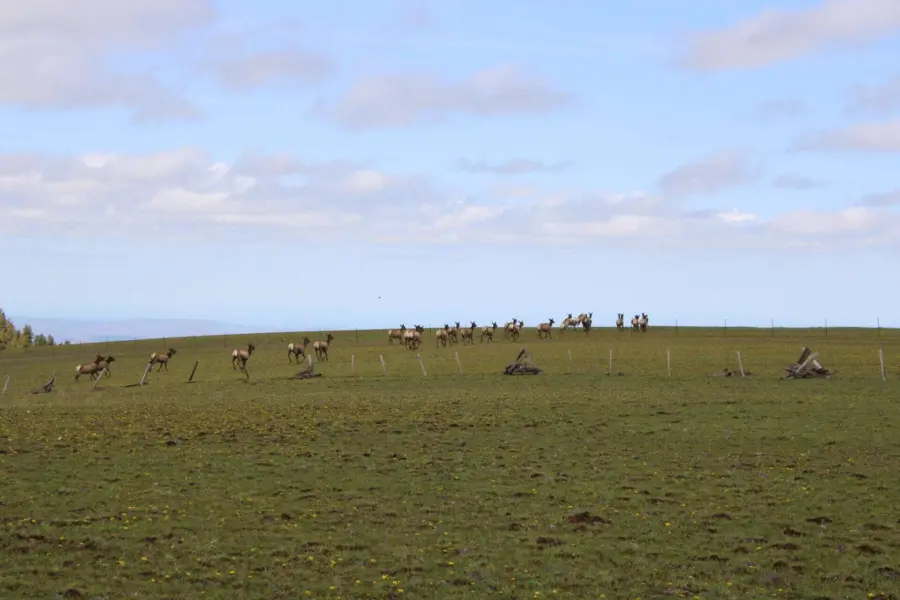I have been a student of animal health my whole life. Growing up in Eastern Oregon on a 22,000 acre ranch ignited an interest in the wildlife our land hosted from a young age. This land was not only a source of sustenance and livelihood for my family but also ignited an enduring passion for wildlife. Whether cattle, deer, or elk, these animals have been my lifeblood. My expertise has grown and developed through the years, from being raised on a ranch to managing a hunting ranch to now being a land broker. Still, if there's one thing I've become adept at, it's the careful management of wildlife, aimed explicitly toward nurturing trophy-quality deer or elk. With the systematic stewardship of private land, you can elevate the age class of animals, thereby optimizing the potential for deer or elk to attain trophy-worthy stature.
The genesis of my journey in wildlife management can be traced all the way back to my early years when I'd daydream of a buck crossing my path on the opening day of deer season. I had a playground of rolling hills and alfalfa fields right out my back door. At nine years old, I enrolled in the Oregon Hunters Safety program, obtained my hunter's safety card, and, remarkably, secured my first deer tag. Fast forward to my 10th birthday, which coincided with the opening day of deer season. I had spent the whole summer watching a big buck that would hang out on the hills near our house. We had friends and family over for the opening day, as is a tradition in many ranching communities. The next day, others prepared to head home after successful hunts. My dad helped everyone prep each harvested deer for transport, but I couldn't get that buck off my mind. So, I embarked on my own personal quest to find the buck I'd spent the summer observing. I ascended into the canyons and hills, methodically checking all the places where I had seen the elusive buck before. Without warning, I spotted him bedded at the bottom of the canyon, shockingly close to me. As I steadied to take the shot, a surge of emotion coursed through me, causing me to tremble with anticipation. As the deer rose to its feet, I managed to fire off a few cautionary shots in its direction, and ultimately, a handful of those rounds found their mark with remarkable precision. This marked the inception of a lifelong passion for big game animals.
I spent high school and college hunting deer and elk as often as I could, and following graduation, I took a job managing a hunting ranch in Eastern Oregon. When I took over management of the ranch, I noticed that the age class of the deer and elk was very young. Most of the buck deer and bull elk were two-and-a-half to three-and-a-half years old. This was a significant challenge that I was tasked with. From a business standpoint of creating revenue, we wanted to create an extraordinary hunting experience where clients could harvest trophy animals. If you can increase the average age class of the bucks and bulls, you can increase the likelihood of trophy-quality animals on the land. I reverted to my upbringing on the family ranch, where we raised cattle to maximize profitability. I already understood that not all aspects of raising animals could be controlled, especially when managing wild animals such as deer and elk. I knew I had to control the things I could control and not stress about the rest. Things within my influence were managing age class through limiting harvest, predation on the ranch property, and available feed for the elk and deer on the property.










